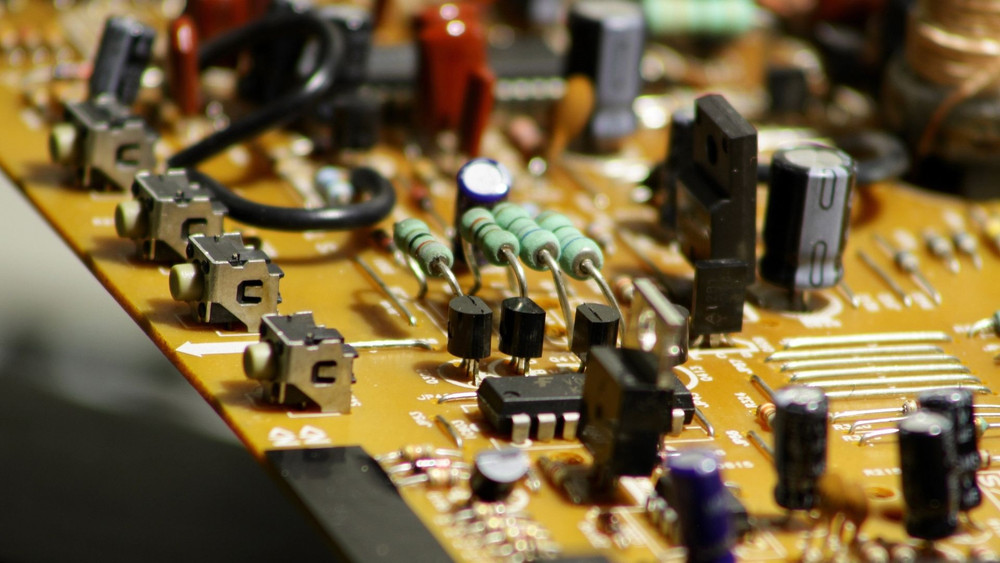What is the Best Transceiver for Your Computer?
Jan 6th 2023
Every computer needs a transceiver to transmit data to other devices. Not all transceivers are created equal, so what is the best transceiver for your computer? In order to answer that question, we’ll need to explain what transceivers are, the different kinds of transceivers, and what they’re best at.
Some Frequently Asked Questions About Transceivers
What do Transceivers do?
Transceivers transmit outgoing signals to other devices and receive incoming signals as well. The word “transceiver” itself is a portmanteau of “transmitter” and “receiver,” reflecting its dual functioning.
What are Transceivers Used For?
They are used in wireless communications devices, including cell phones, radios, laptops, tablets, satellites, and more.
What Different Types of Transceivers Are There?
If not part of a network card already, there are two main types: modules and chips. Module-type transceivers are connected exterior to the network. Chip transceivers are small and arranged into a system board connected directly to the device.
How do Transceivers Share Information?
There are two general ways this happens depending on the type. Typically, there are half-duplex and full-duplex transceivers. Half-duplex transceivers are either receiving signals or sending them, but can’t do both at once. In full-duplex transceivers, the transmitter and receiver work on different signals so they can simultaneously do both. These are most commonly found in systems like cell phones or satellite uplinks.
Do Transceivers Send Information on The Same Wavelengths?
Different transceivers use different wavelengths to send information. For example, an RF receiver operates in a range of about 433 MHz.
What to Know About a Fiber Optic Transceiver
A fiber optic transceiver is one of the four types of transceivers (the other three are RF, Ethernet, and Wireless). They’re also known as optics modules. They are an essential component in the optical network of devices. This network encodes and decodes information into light signals. These signals can be transmitted as electrical signals through another end.
Other Common Types of Transceivers
RF Transceivers
RF transceivers can be used in any wireless communication system. They’re used to convert intermediate frequency (IF) waves of voice or video into radiofrequency (RF) waves that can be transmitted between devices. They’re used in satellite communication for the reception of transmission of TV signals, radio transmission, and reception, as well as ITE networks/Zigbee/WiMax/WLAN.
Ethernet Transceivers
Ethernet transceivers are used to connect electronic devices or computers in a network to transmit or receive messages. It’s also sometimes called an MAU (media access unit). Its main functions are for detecting collisions, converting digital data, Ethernet interface processing, and providing network access.
Wireless Transceivers
Wireless transceivers are an essential component of wireless communication. The better quality the transceivers have, the more efficient the system’s data delivery is.
Wireless transceivers have two functional layers: a physical layer, and a media access control (MAC) layer. The physical layer has an RF front end as well as a baseline processor. The processor changes the bitstream into a collection symbol flow for data transmission. The MAC layer acts like a switchboard. It contacts wireless links, prevents data streams from colliding with each other, and enhances data output.
Get Your Next Transceiver From Rackfinity
Rackfinity has a wide range of new and refurbished electronics options, including transceivers. With Rackfinity’s help, you can save big on refurbished transceivers without sacrificing quality. Normally you’d pay for the quality behind an HPE Procurve 10-GBE SFP+ SR Transceiver Limited. Usually going for over $1000, you can save $600 by getting a refurbished transceiver from Rackfinity.
This 10-gigabit transceiver in SFP+ form factor supports the 10-Gigabit SR standard, providing 10-Gigabit connectivity for up to 300m on multimode fiber. It’s also been recertified and processed by HP to pass the same testing procedures as new products. Included in this is a direct HP Warranty (same as new) at considerable savings.
If you’re interested in hearing more, or about discount options, contact sales@rackfinity.com for a customized quote today.

